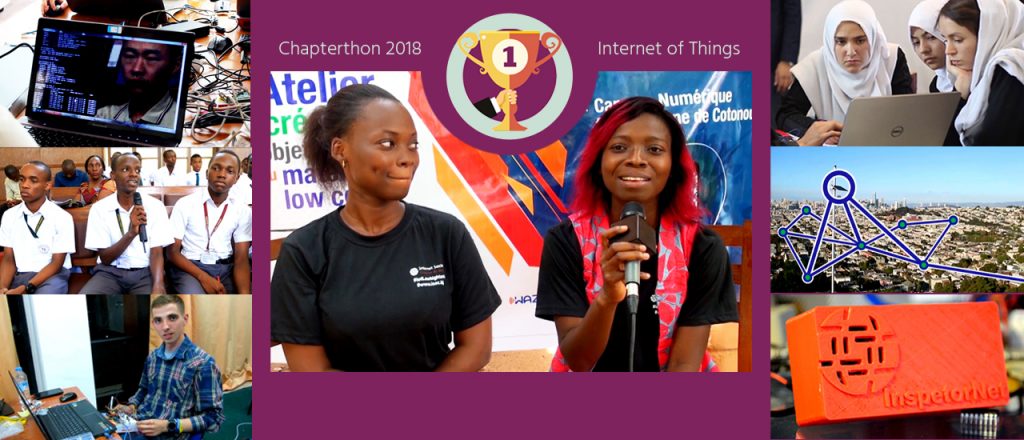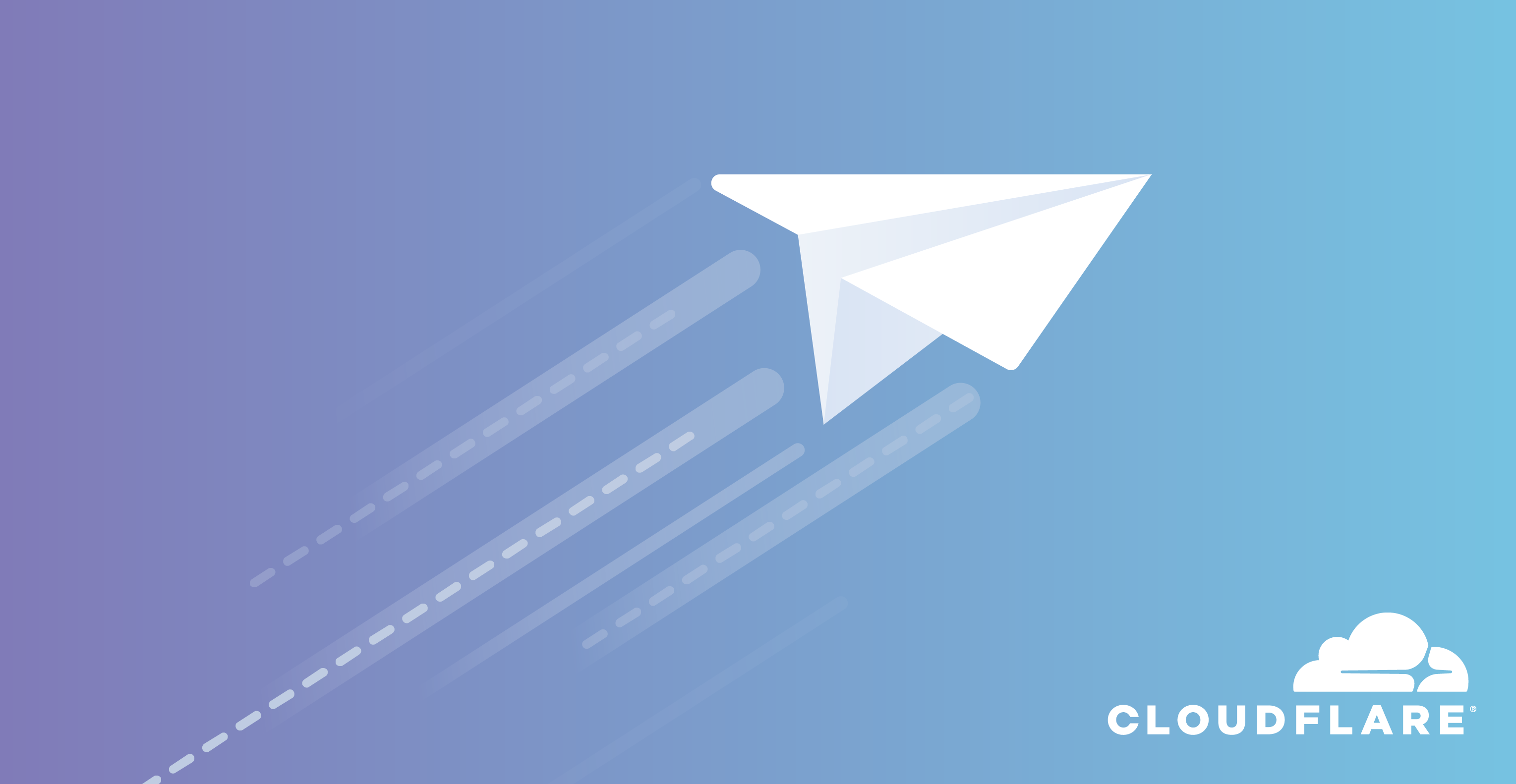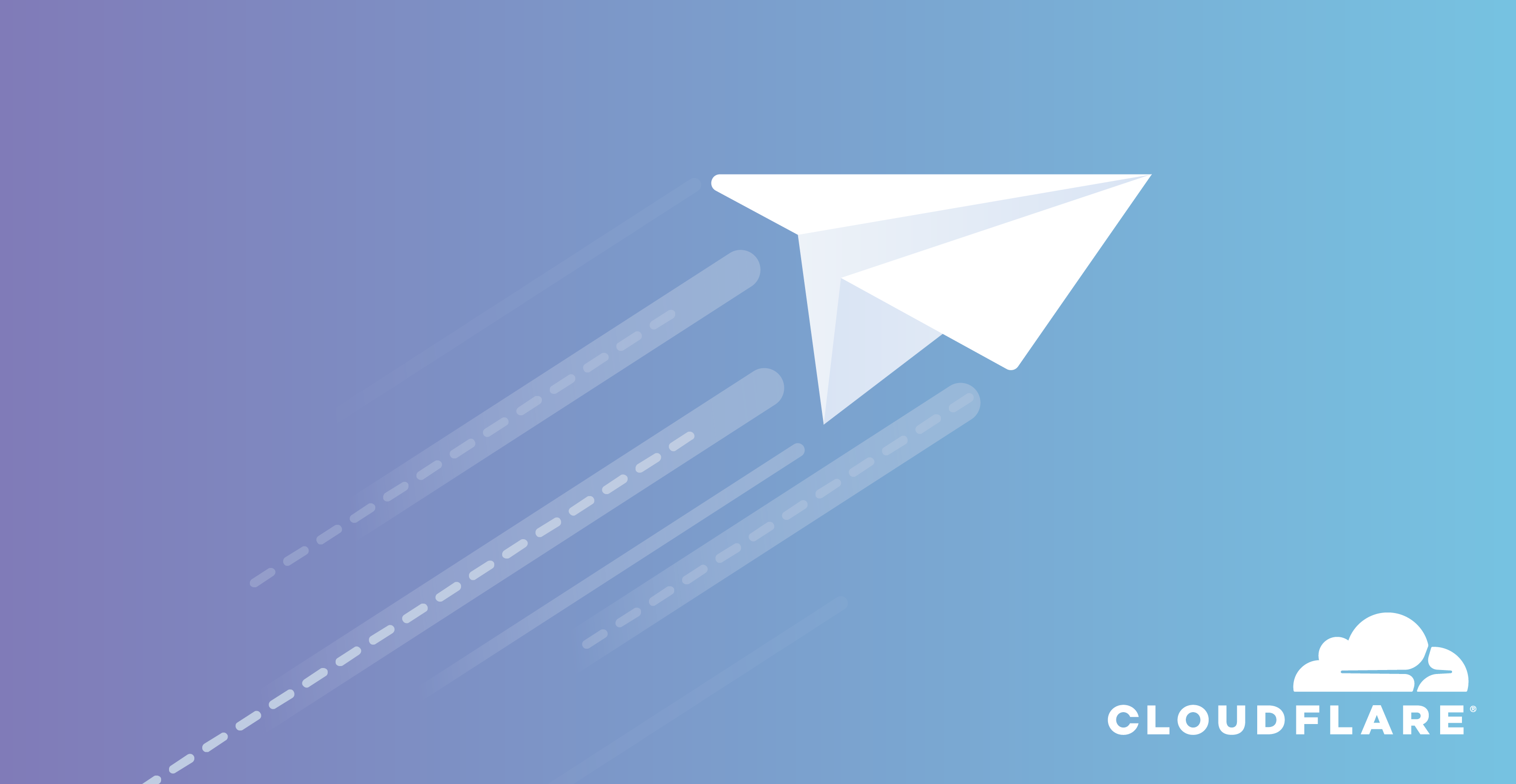0

The winner of this year’s Chapterthon was announced this Tuesday, 4 December during InterCommunity 2018.
Chapterthon is a global Internet Society (ISOC) Chapters and Special Interest Groups (SIGs) marathon, where all the Internet Society members can participate by developing a project within a timeline and budget to achieve a common goal. The project winner is selected by the community through online vote.
This year our community worked on the Internet of Things (IoT) – The future is ours to shape.
Every year, the Chapterthon brings enthusiasm and excitement amongst our community. During two and half months, 43 Chapters and Special Interest Groups (SIGs) from across the globe worked alongside to bring awareness on the Internet of Things (IoT) to their communities. They ran over 200 training sessions and workshops, engaging students, entrepreneurs, and local governments. They organized national campaigns, their projects were mentioned in local newspapers, and their message was brought to the most remote places. The Chapters also developed IoT applications that may in the future improve the lives of people in their communities, and amongst some of the projects are improved transport systems, agriculture, energy management, home protection, and healthcare.
The projects that received the highest number Continue reading
 IT professionals list Microsoft Azure as the best cloud provider in terms of cost effectiveness, having the most advanced tools, reliability, and having the best support for container environments.
IT professionals list Microsoft Azure as the best cloud provider in terms of cost effectiveness, having the most advanced tools, reliability, and having the best support for container environments. Almost 900 vendors competed for the 10-year award. The Navy selected six.
Almost 900 vendors competed for the 10-year award. The Navy selected six.

 Cisco’s SON technology works in multi-vendor deployments based on any combination of cellular technologies. It supports RAN nodes from any major vendor as well as multiple data-source vendors.
Cisco’s SON technology works in multi-vendor deployments based on any combination of cellular technologies. It supports RAN nodes from any major vendor as well as multiple data-source vendors. This is Barefoot’s second generation release of its P4-programmable Tofino Ethernet switch ASIC family.
This is Barefoot’s second generation release of its P4-programmable Tofino Ethernet switch ASIC family. A bunch of service providers from around the world are starting to implement ONAP code into their networks.
A bunch of service providers from around the world are starting to implement ONAP code into their networks.

 South Korea is the first nation in Asia to launch commercial 5G networks as KT, LG UPlus, and SK Telecom, switch on services.
South Korea is the first nation in Asia to launch commercial 5G networks as KT, LG UPlus, and SK Telecom, switch on services. “If you have an IoT device and it has any vulnerability and it’s visible from the Internet, it will be attacked in a number of minutes,” said Kevin McNamee, director of Nokia’s Threat Intelligence Lab and lead author of the report.
“If you have an IoT device and it has any vulnerability and it’s visible from the Internet, it will be attacked in a number of minutes,” said Kevin McNamee, director of Nokia’s Threat Intelligence Lab and lead author of the report.




